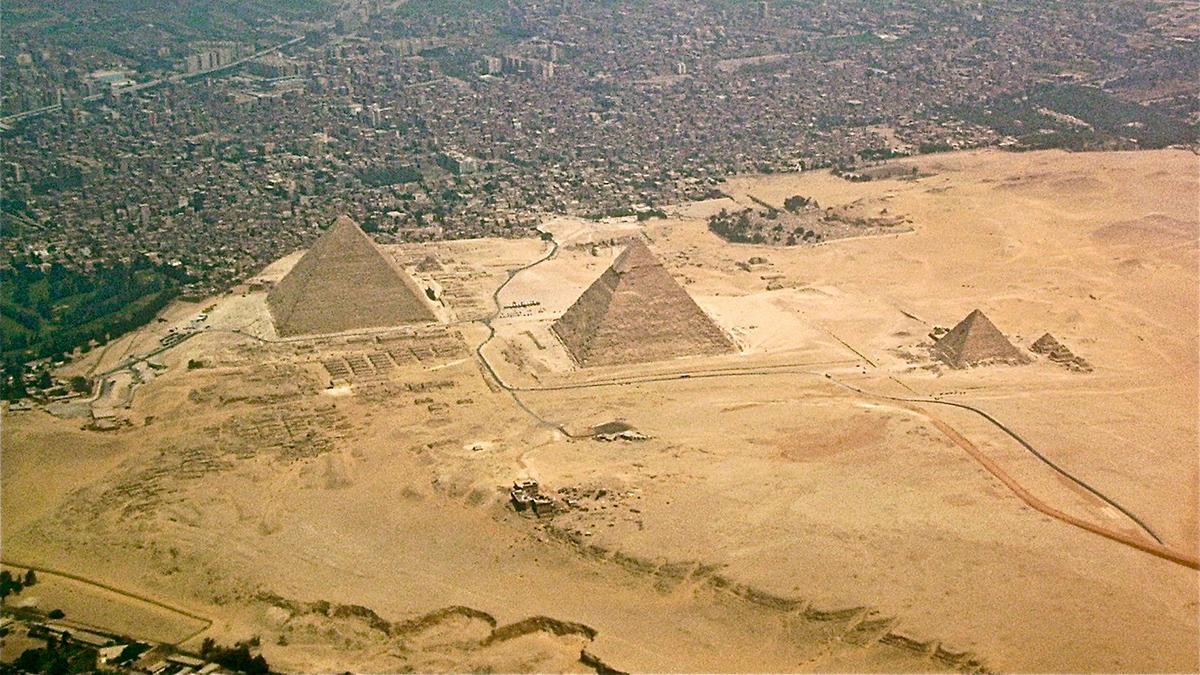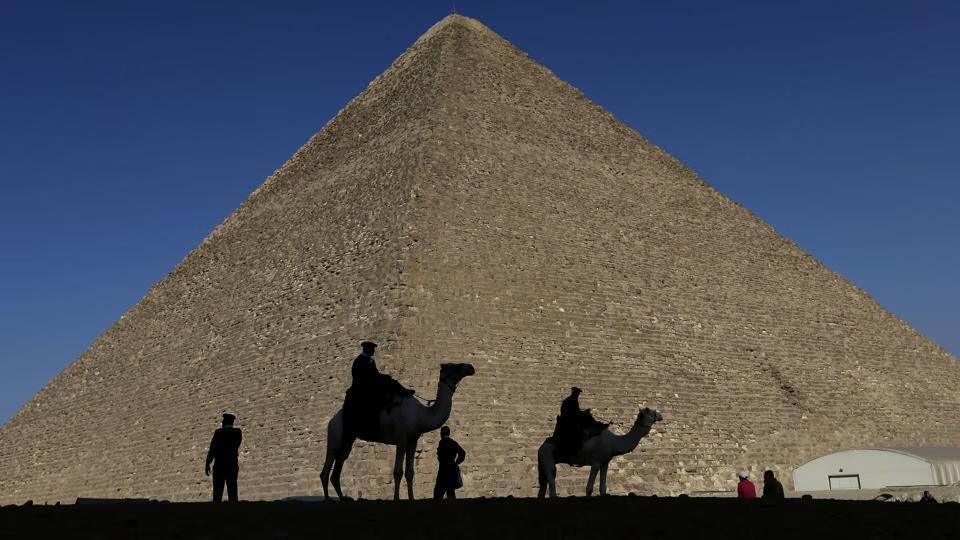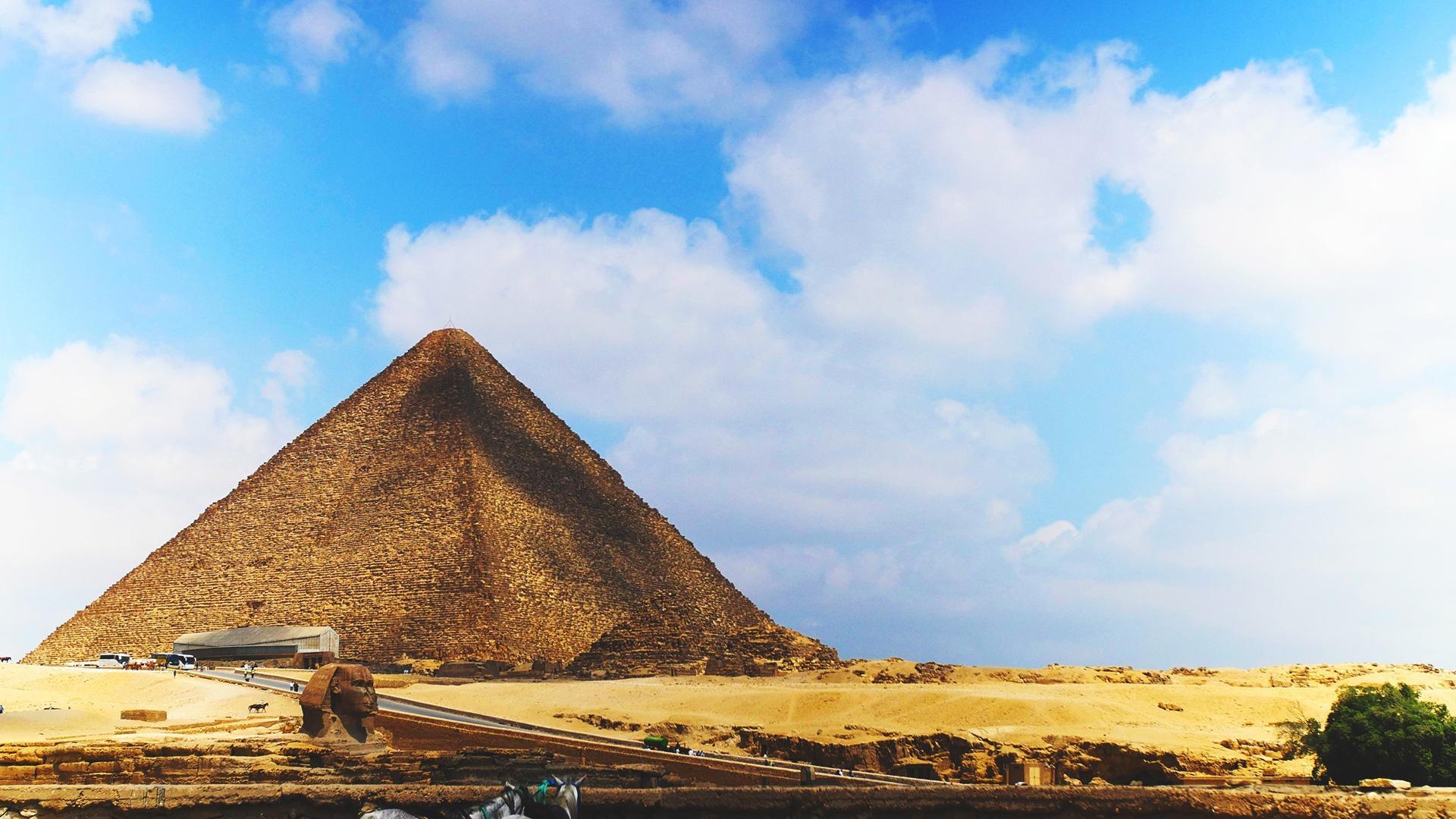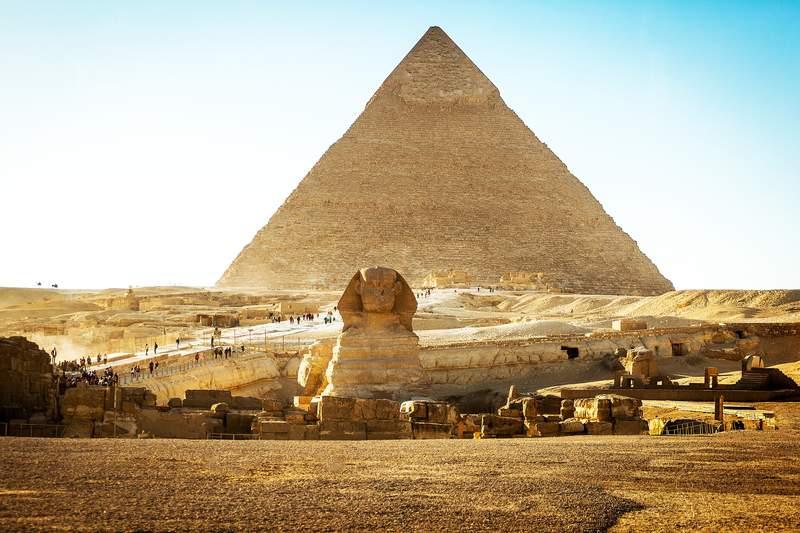Researchers uncovered ancient secrets beneath Cairo’s bustling streets. Their excavation site, just over a kilometer from the Great Pyramid, revealed a 4,600-year-old harbor.
This discovery, named Khufu Harbor, is now recognized as the world’s oldest known port. The findings challenge our understanding of ancient Egyptian urban development and trade networks.
How old is human-induced metal pollution?

Scientists identified the earliest known instance of human-caused metal contamination. Their research dates this pollution to around 3265 BCE, over 5,000 years ago.
This timeline pushes back the start of significant metalworking in the region by two centuries. The discovery raises questions about the technological capabilities of predynastic Egyptian societies.
What can sediments tell us about history?

Geoarchaeologists emphasize the importance of sedimentary records in historical research. These layers of earth contain chemical traces of past human activities.
Analysis of sediments can reveal information about 95% of ancient populations, not just elites. This approach provides a more comprehensive view of daily life in ancient civilizations.
How did researchers trace ancient pollution?

Scientists employed advanced geochemical techniques to analyze harbor sediments. They used inductively coupled plasma–mass spectrometry (ICP-MS) to measure metal levels.
The team focused on copper, arsenic, aluminum, iron, and titanium concentrations. Carbon-14 dating established a chronological framework for their findings.
What tools did ancient Egyptians create?

Ancient Egyptian metalworkers produced a variety of copper tools. These included blades, chisels, and drills for working with limestone, wood, and textiles.
Some tools contained arsenic alloys for increased durability. The scale of tool production suggests a thriving industry supporting massive construction projects.
When did metal pollution peak in Giza?

Metal contamination reached its height around 2500 BCE. This period coincides with the late stages of pyramid construction.
Copper levels during this time were 5 to 6 times higher than natural background levels. The pollution persisted for 1,500 years, indicating long-term industrial activity in the area.
How did Egyptians adapt to environmental changes?

As the Nile River receded, ancient Egyptians showed remarkable resilience. They continued metalworking despite shrinking water resources.
Agricultural activity increased on newly exposed floodplains. This adaptability demonstrates the ingenuity of ancient societies in the face of environmental challenges.
What does this reveal about everyday Egyptians?

The study provides insights into the lives of ordinary ancient Egyptians. It shows a skilled workforce capable of sustained industrial production.
The findings suggest a complex society beyond the famous monuments and royal tombs. This research helps paint a more complete picture of life in ancient Egypt.
How accurate is the proposed timeline?

Some scientists express concerns about the study’s chronology. They argue that six carbon-14 dates may not provide sufficient accuracy.
However, most agree on the broader conclusions about human-induced metal pollution. This debate highlights the ongoing challenges in precisely dating ancient activities.
What’s next for Giza’s hidden history?

The discovery opens new avenues for archaeological research in Egypt. Future studies may reveal more about predynastic civilizations in the area.
The chemical imprints left by ancient humans offer a treasure trove of historical information. As technology advances, what other secrets might we uncover beneath the sands of Giza?


